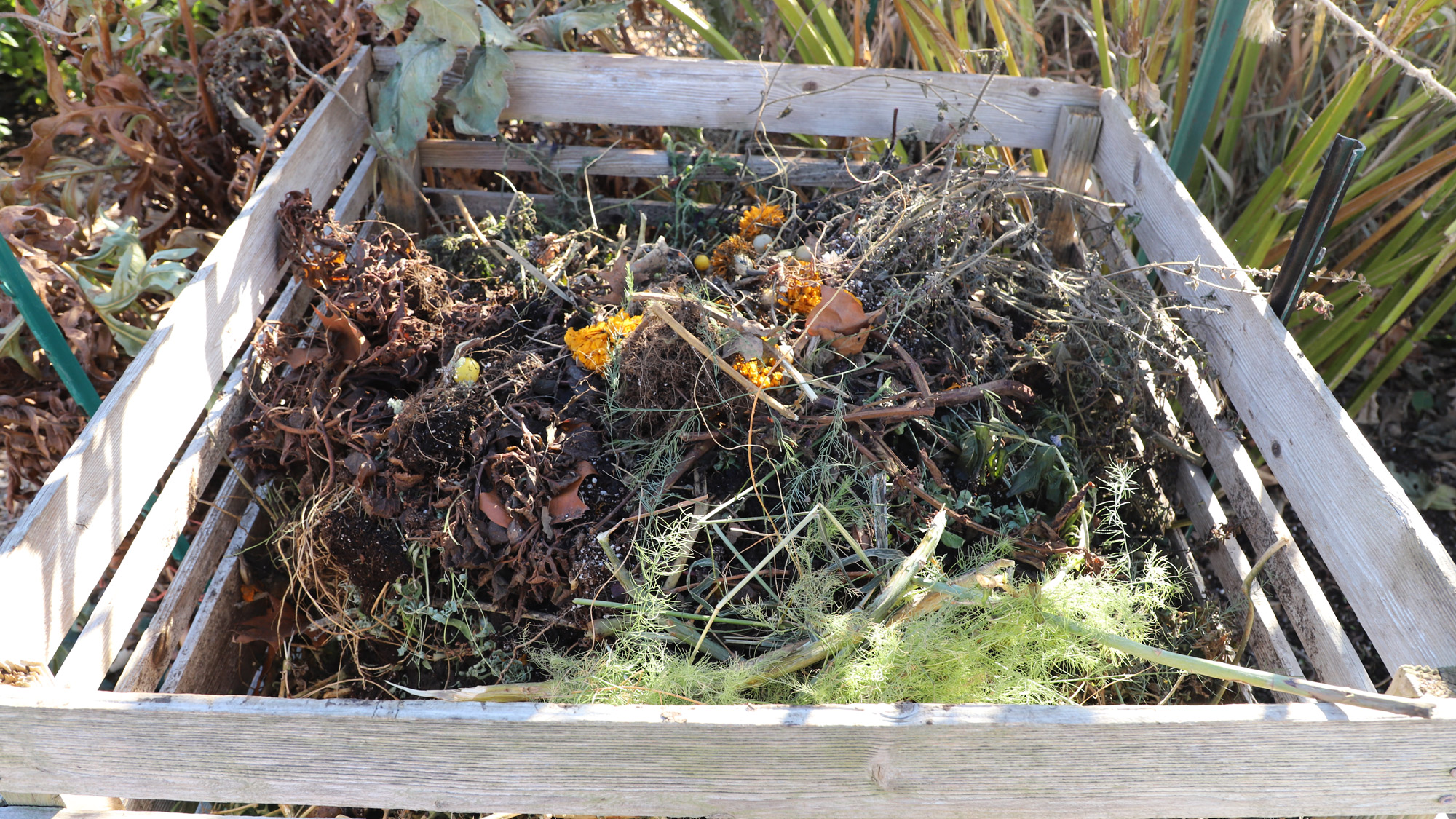Description
Compost is a form of organic matter that is readily available. It can be purchased commercially or prepared from yard and kitchen waste by the homeowner. Organic matter in the soil is a key component for soil health. Organic matter can improve soil structure by increasing aeration and drainage in heavy clay soils and by increasing water-holding capacity in sandy soils. It also provides nutrients to plants and beneficial soil organisms.
Management/Methods
- Tools
- Garden fork or spade
- Garden rake
- Powered rototiller
- Garden trowel
- Methods (Incorporate)
- Roughly turn the garden bed at the end of the growing season in the fall. Do not till.
- Spread approximately 2-3” of compost over the turned garden bed. Up to 4” of compost can be applied to heavy clay soils. The winter freeze-thaw cycle will help incorporate the compost and continue the decomposition of the organic matter to release nutrients.
- Till the compost approximately 6-8” deep in the spring when soil moisture conditions allow. Clay soils should be tilled up to 12” deep.
- Alternately, use the garden fork or spade to incorporate the compost in the spring. Use the garden rake to smooth and prepare the planting bed for seeding or transplanting.
- Methods (Side dressing)
- Spread the finished compost around the base of the plant.
- Use the garden trowel to incorporate the compost into the top 1-2” of soil surrounding the base of the plant.
- Avoid damaging or disturbing the roots of the plant when incorporating the compost.
Management
